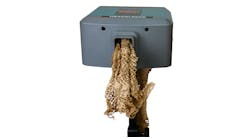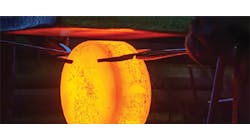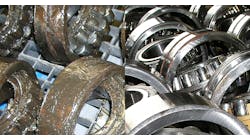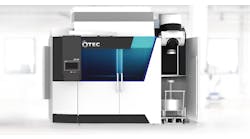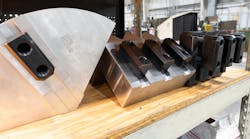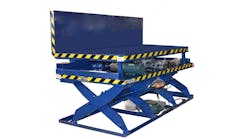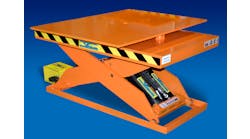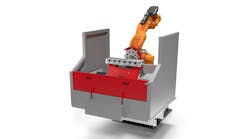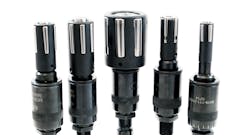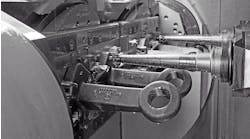Alcoa Planning New Smelter in Trinidad and Tobago
Alcoa has signed an Agreement in Principle with the government of the Republic of Trinidad and Tobago to build a world-class 341,000 metric-tons-per-year aluminum smelter in the Cap-de-Ville area in southwestern Trinidad. This agreement follows the signing of a Memorandum of Understanding in May 2004 for participation by Alcoa in the development of the aluminum industry in Trinidad and Tobago.
The complex would produce 240,000 metric tons per year of billet and forging stock. First metal production is expected to begin in late 2008.
Plans call for Alcoa to build an aluminum smelter, an associated anode plant, and cast house, at a projected cost of $1.5 billion. The complex could also include downstream facilities.
The facilities would be powered by a self-contained power plant fueled by natural gas, and employ 750 to 800 people directly or indirectly through associated jobs in the region.
Alcoa will hold 100% interest in the smelter. The government of Trinidad and Tobago will be an active partner in providing the required infrastructure.
Under the terms of the agreement, Alcoa will begin an environmental impact assessment (EIA) for the location in Cap-de-Ville as part of the company's commitment to sustainable development principles. The company will also complete detailed feasibility studies to determine the full scope and cost of the proposed project.
Construction would not begin until the EIA is completed, and after final approvals by Alcoa's board of directors and by the government of Trinidad and Tobago.
In making the announcement, Alcoa chairman and CEO, Alain Belda, reaffirmed that the new Trinidad and Tobago smelter underlines Alcoa's belief in the future of the Caribbean region as a major supplier of global alumina and aluminum markets.
"With the competitive and efficient energy source, the access to skilled labor, and efficient proximity to alumina supplies and customers, the Trinidad smelter will be ideally placed to compete for its share of the world market in primary aluminum," said Belda. "It also creates a solid foundation for the development of an integrated aluminum industry to further diversify and strengthen the economy of Trinidad and Tobago. In terms of technology, design, and environmental performance, this will be a world-class facility," added Belda.
The Trinidad and Tobago smelter would be Alcoa's third major primary products facility in the Caribbean basin. The company operates a 1.25-million metric tons per year alumina refinery in Clarendon Jamaica through a venture between Alcoa World Alumina and Chemicals (AWAC), a global alliance between Alcoa and Alumina Ltd., with Alcoa holding 60%, and the government of Jamaica. Alcoa has plans for a 1.5-million metric tons per year expansion of the Jamalco facility, bringing total capacity to 2.7 million metric tons per year. And in Suriname, the company has bauxite mining, alumina refining, and hydropower facilities, including its recently expanded 2.2 million metric tons per year Suralco alumina refinery in Paranam, jointly owned through AWAC with BHP Billiton.
Alcoa has had operations in Trinidad and Tobago for more than 60 years where its Tembladora Transfer Station loads approximately 525,000 metric tons of alumina from Suriname for shipment throughout the world each year.
